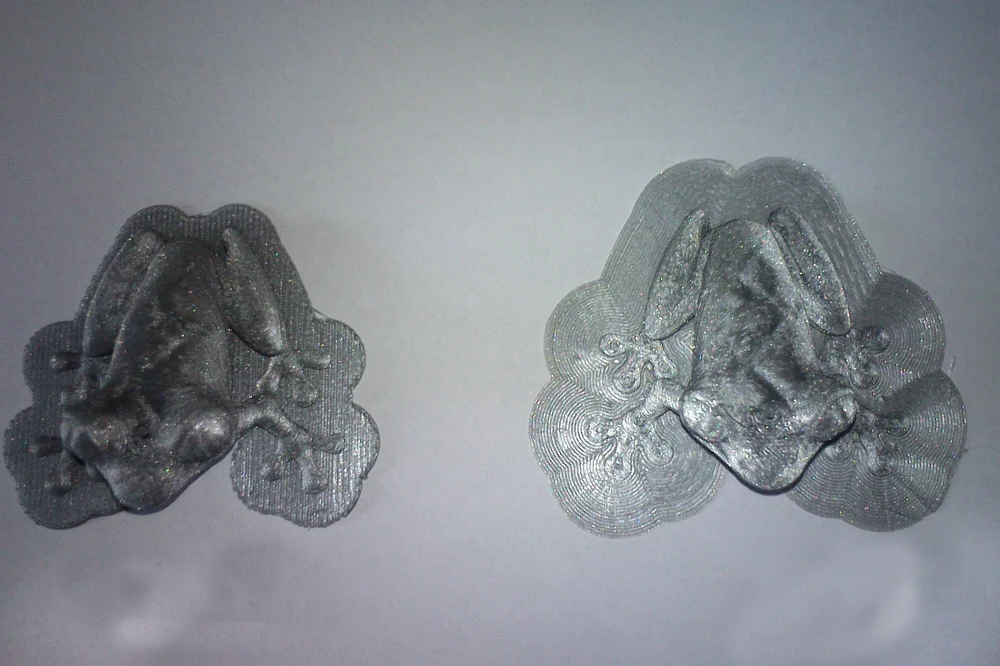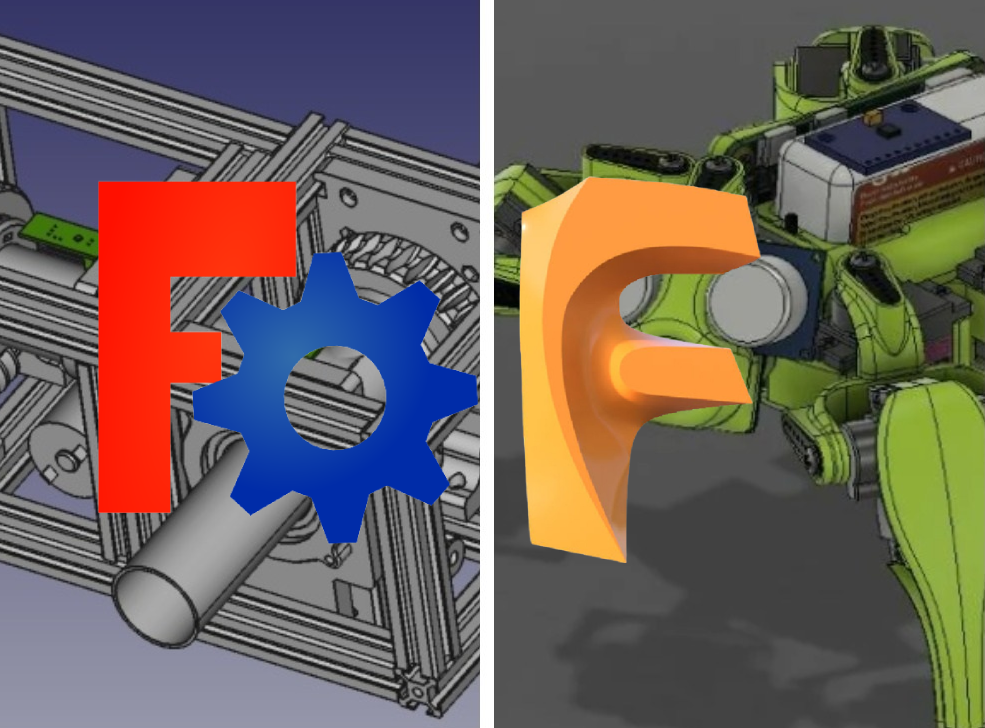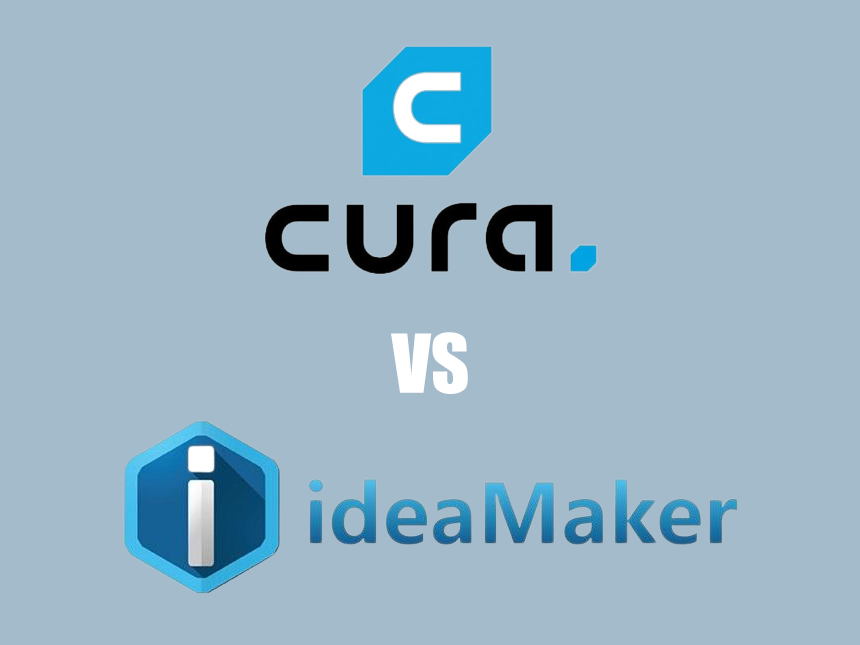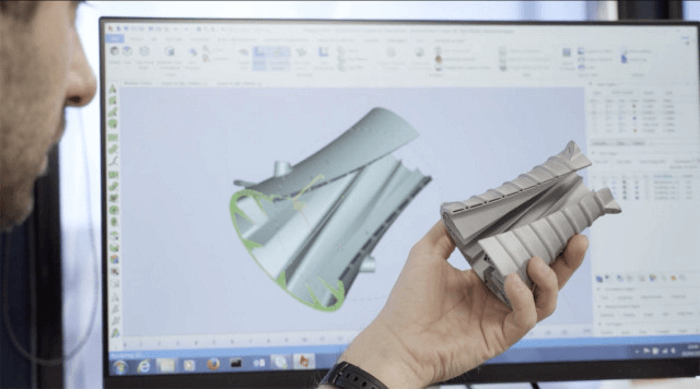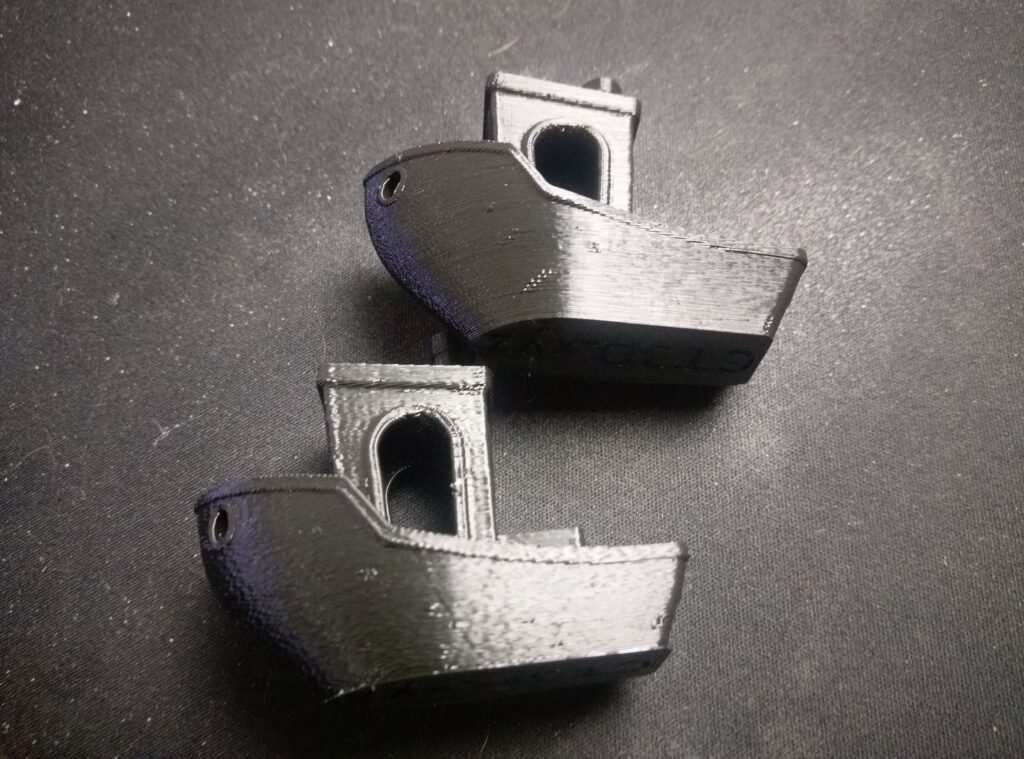

Recent technological innovations have also taken the 3D printing scope to another level. Cura Tree Supports are an excellent example that most 3D printing professionals use to execute their activities. It is a free slicing software with numerous aspects that can escalate efficiency and clean support performances.
Cura has vast roles, but it’s renowned for tree support. Its prominent advantage is that it does not tamper with the print much as compared to regular supports. Other additional reasons and support settings make tree supports a perfect solution for 3D printing.
In this article, we have garnered all you need to familiarize yourself with the Cura Tree Support completely. You can also check out some of the best 3D printers that are versatile and easy to use and the differences between regular supports and tree supports.
Supports are an inevitable component in 3D printing, particularly in complex models. 3D printing tasks that have a lot of overarching parts may highly require the incorporation of supports. Supports are structures that do not compose the main print but are vital in achieving your desired final product.
For instance, FDM and FFF printers Trusted Source Design of lightweight tree-shaped internal support structures for 3D printed shell models | ResearchGate The purpose of this paper is to design a lightweight tree-shaped internal support structure for fused deposition modeling (FDM) three-dimensional (3D) printed shell models. www.researchgate.net print 3D models layers using melted plastic. Each new layer receives support from the previous one. However, there are some cases where a layer without support requires printing. This is where you incorporate support to ensure that your piece of work is not a mess.
If you need a large printing area and you prefer quick printing, check the best dual-extruder printers in the market today.
Hence, support systems are imperative in holding unsupported layers when printing. After finalizing the print, you can detach them. This promotes perfection and ensures that you have a seamless experience when developing your print. Nonetheless, not all 3D models require the use of support structures. Supports mainly apply to 3D models that incline more than 50 degrees.
In 3D printing, you may opt to utilize regular supports or tree supports. Tree supports are more advanced as they imitate a tree structure that encloses the print around it. Also, tree supports are ideal as they do not make much contact with your print compared to regular supports. Thus, they provide a cleaner final print. You can also use a powerful motor that offers immense control on your printer. This will provide unprecedented printer operations for utmost printing results.
Regular supports have some downsides as they consume a lot of material as compared to regular supports. This may consume more time, especially during slicing. However, the benefits that Cura Tree Supports incorporate in your print are more notable and can ensure that you get top-tier results.
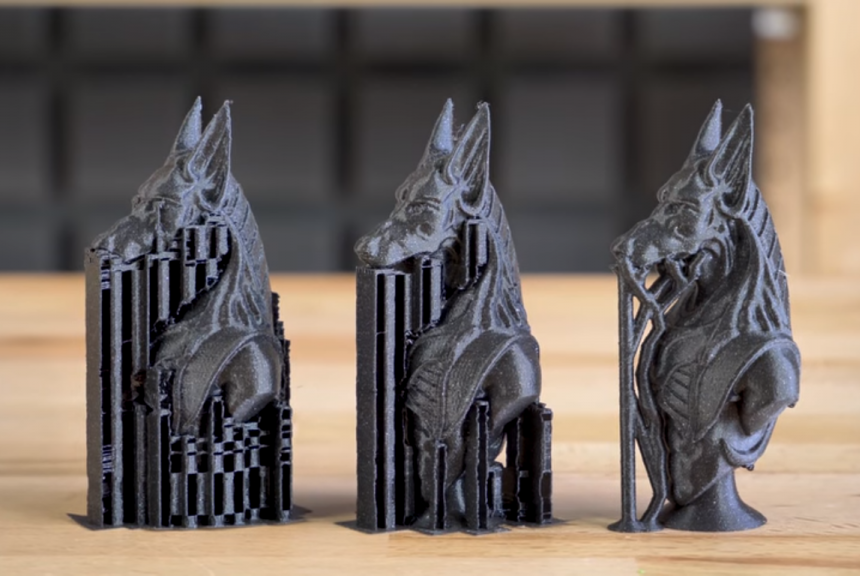
As opposed to regular support systems, Cura Tree Supports have a more refined surface and have less material consumption. This is because you can choose to print the tree with a low density or hollow design. Though in some tasks, you may be required to make the tree more grounded. This is an advantageous situation as it will consume less material as the tree grows.
Additionally, this will save you time during printing. There is also less damage as you will have an easier time detaching the tree support. It is also ideal for beginners as they hone their printing skills. Some printers use Open Source Hardware with free software like LulzBot TAZ 5 Desktop 3D Printer. This may help you sharpen your skills as they allow you to adapt and modify your printer with minimal restrictions. You can also use experimental tree supports Cura, though they require cautiousness as they may result in failed prints.
Supports also offer versatility as several types are available to choose from, such as Tree Supports, Linear Supports, and Dissolvable Supports. Large build volume 3D printers with quick assembly like Anycubic Chiron 3D Printer can offer various features for your print work. Moreover, a flexible printer with real-time adjustments will ensure that you get exceptional results.
There are no fixed rules regarding the usage of Cura Tree Supports. You should note that tree supports should be incorporated on parts that highly require support. This will minimize any potential damages when detaching the supports, thus resulting in fine prints.
Support systems are typically used when printing busts, miniatures, and models with a lot of mid-air structures. This includes overhangs and bridges that may cause complications when printing. You should also check the angle of the overhangs and bridges to determine whether the support system is critical. Let us at some conditions that require the usage of support structures in 3D printing:
When a model has numerous cavities, bridges, and overhangs Trusted Source Roles of support materials in 3D bioprinting - Present and future | NCBI Support, also known as sacrificial material or structure, is a basic but important concept in 3D printing. www.ncbi.nlm.nih.gov , a Cura Tree Support becomes necessary. A simple example would be the vertical print of the letter “T”. The horizontal areas (arms) do not have any support. Hence, extra supports will be required to execute a successful print.
Support systems may also apply when printing a model that has two vertical lines. For instance, when printing the “H” model, you should incorporate Cura Tree Supports to ensure that the bridges are supported.
Additionally, the intensity of inclination determines the particular structure that you will incorporate in your print. Structure “T” has a 90 degrees overhang, while structure “Y” has an overhang of 45 degrees.
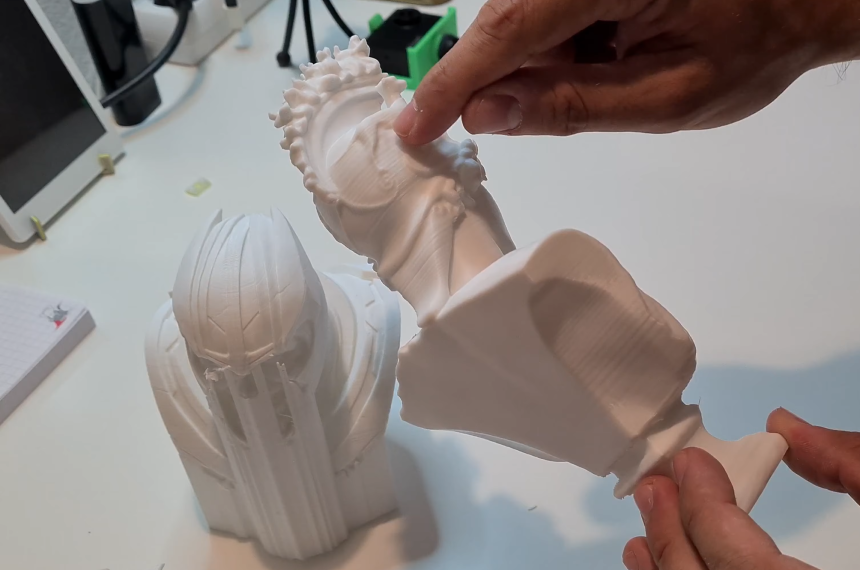
It may also require detachment of small protruding sections without damage to the final print. A Cura Support Tree is advantageous in such models. It is easier to remove without causing tensions about small and delicate sections breaking off. Nonetheless, you should have maximum precision and proceed gently with the detachment.
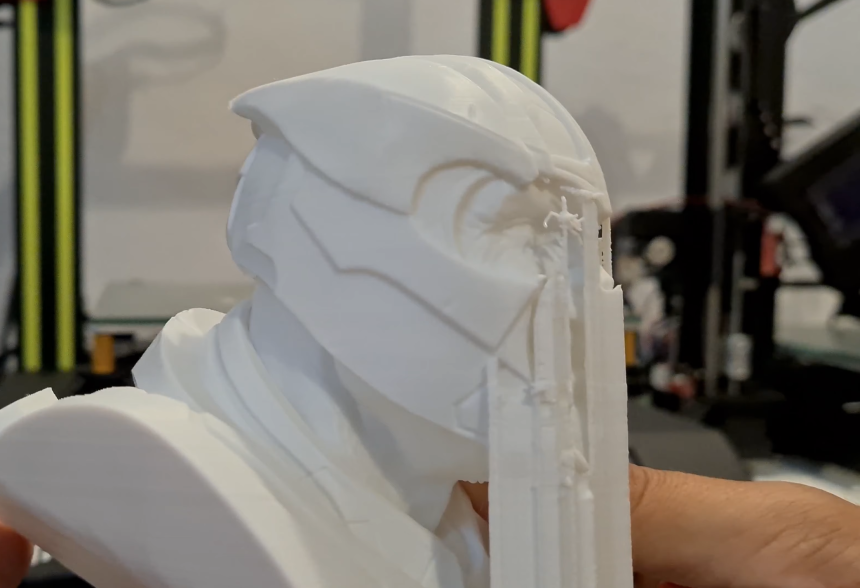
Having discussed the crucial roles that support structures have in 3D printing, let us look at the key differences between standard support and tree support.
| Standard Support | Tree Support |
| Too many attachments on the model | Fewer attachments on your printer model |
| A lot of filaments are used during printing. | Requires less filament usage |
| Consumes a lot of time when printing | Minimized printing time |
| Easier to navigate the settings | May consume much time when calculating the settings |
| Does not have better results, especially in models close to 90 degrees | Impeccable results in high degree models |
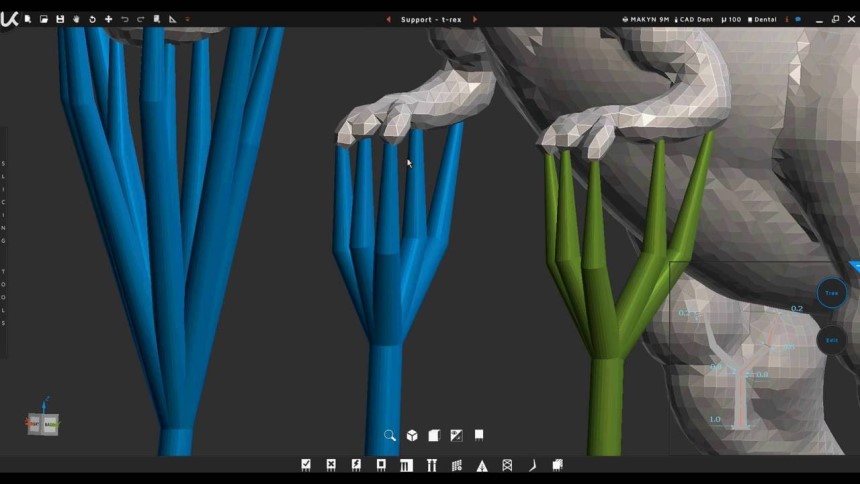
This setting represents the angle at which the branches will develop from the main trunk. The recommended value is 45 degrees to 50 degrees. The lower the value, the better the vertical exit angle, and hence boosted stability.
Nonetheless, rising numbers escalate the range of the tree. As a rookie, it is advisable that you dwell on the recommended angle before honing your printing skills.
Thicker branches offer extra strength. Hence higher values reciprocate boosted stability. The ideal value for this setting is 2 to 3 mm. This is because the value of the trunk diameter must be above the branch diameter. It will ensure that your model has a higher degree of stability.
This setting is vital in determining the angle at which the branches develop. The higher the branch diameter angle, the more the diameter towards the trunk.
When it is at 0 degrees, there will be uniformity in diameter. Inherent support may require a range of 0 to 3 degrees, while strong overhangs dwell on a range of 30 to five degrees.
This allows you to countercheck whether there is a collision. In case of a collision, you may inhibit the tree from developing into the model. It is vital to engage this setting as it will ensure that you have cleaner end results.
It is highly recommended that you turn off the regular support setting when using tree supports. This is because your 3D printer will produce two support types: regular and tree supports. This may subject you to extra efforts.
Based on the above settings, you can design tree support to shape your model according to your preference. At first, you should familiarize yourself with these settings. Also, taking a close look at the structure and all connection points can help identify potential damage regions. This will enhance desired results at ease.
As stated earlier, Cura Tree Support imitates a tree with branches which helps you execute your 3D printing. It also has settings that enable you to determine the structure of the tree support and its stability. Below is a discussion of its key advantages:
When using the Cura Tree Support, there is less contact between the model and the tree structure. It also allows you to align the branches so that there will be minimal residues after detachment. This promotes a more appealing look as opposed to the usage of ordinary supports.
The Cura Tree Support structure allows you to design in either a hollow or less density model. In other scenarios, you may be required to elevate the trunk’s stability. This is key as you will use less material as the tree grows further. Furthermore, it also has a positive effect on the printing time.
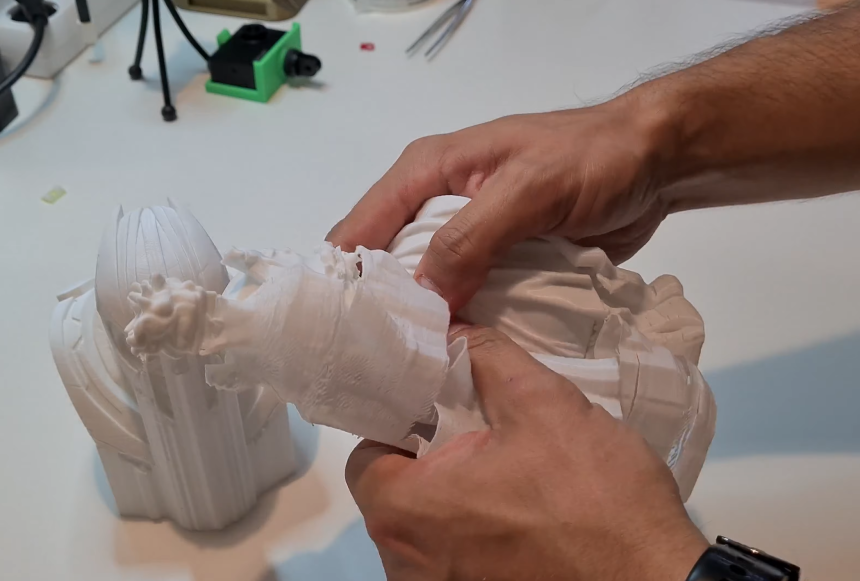
It also produces exceptional results, particularly when dealing with fragile and small tasks. This is because it helps you navigate on the small projections and enhances care to prevent breakages and damages.
The table below articulates the pros and cons of using Cura Tree Support in your 3D prints.
| Pros | Cons |
| Easier to detach | Consumes much time when calculating the settings |
| Saves on printing time | Slicing may take longer in high-density structures |
| Offers better results in high degree models | Printing setup may result in a no-ideal structure |
| Uses fewer filaments | |
| Fewer attachments on your model | |
| Applicable in small and fragile models |
Experts highly recommend the usage of Cura Tree Supports when performing 3D printing tasks. This is because it has exceptional and has vast advantages as compared to regular supports. It ensures that you have a seamless experience, uses fewer filaments, and has fewer attachments on your piece.
Additionally, these tree supports are also ideal for fragile and small tasks. They ensure that you have sleek navigation, and the end result is exceptional. They are also effective for professional executions as they consume less material and speed up the whole process.
